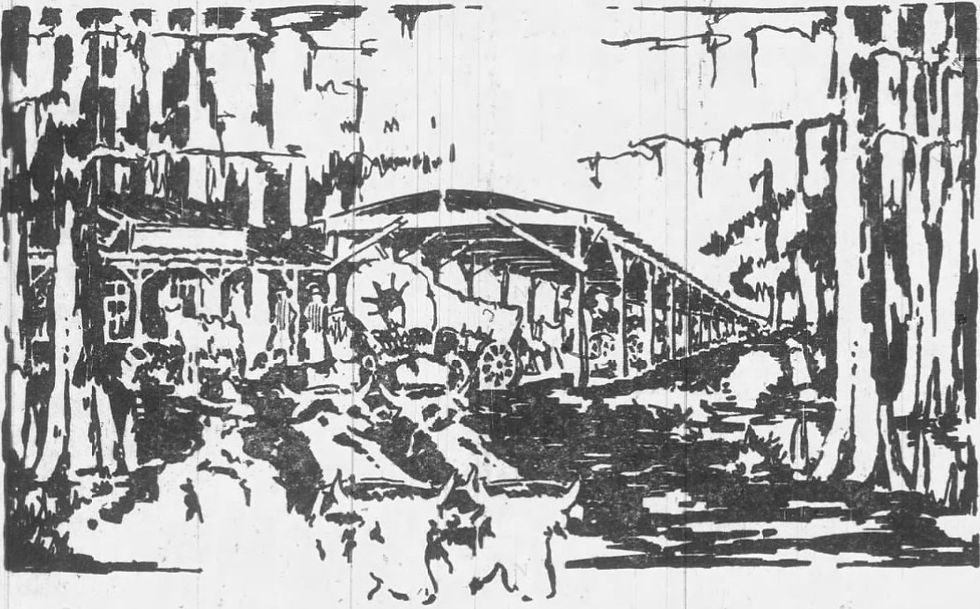Dream a Little Street: History of Pavement on Early Dallas Roads
- Robin Cole-Jett

- Mar 29, 2023
- 2 min read
Updated: Sep 7, 2023



Tossing and turning this evening? Then let me bore you to sleep by telling you about the history of pavement on early Dallas roads!
The 1905 Sanborn map of Dallas listed the surface construction of downtown roads: Asphalt, Macadam, and Wood Block. Since the majority of streets were unpaved, it made sense for the Sanborn Fire Insurance Company to highlight the few of them that had been improved for well, you know, insurance purposes. But what did these pavements mean for the intrepid traveler?
Asphalt is the most modern surface of the three. Asphalt is a tar-like substance that derives from petroleum and serves as a binder for mixtures of crushed rock, pebbles, sand, slag, and other materials. Since many of our roads are covered with asphalt today, it is the easiest to imagine of the three for us current folk. So you're welcome... I only bored a little bit with this description.
The second kind of pavement is "Macadam," and no, it's not made out of crushed macadamia nuts. It's actually an early method of road building introduced by a Scottish man named John McAdam (also spelled MacAdam and Macadam). This surface uses an layer of crushed rock, then layers of smaller stones/ pebbles, no larger than 2.5 mm in diameter, that form a stable surface due to their consistent size. The dust they generate creates a binding agent, though sometimes, Macadam pavements were paired with a layer of asphalt/tar to minimize dust and bind the ingredients more quickly. This is why some folks who are drowsy from reading about this topic tend to conflate asphalt and "macadmized" roads. If you've ever take a drive onto an "improved county road" that kicks up dust, this is most likely a macadamized road; if the road has a smooth fell but you see lots of little rocks in the pavement, that's a Macadam road that has also been asphalted.
The "wood block" pavement is the type that most of us do not come across anymore, and if we do see wooden blocks peeking through an old road base, we tend to think they're brick. Very early on, roads in towns in the Red River Valley may have been laid with bois d'arc wood, but since this kind of wood resists uniform cutting and features irregular growth patterns, "wood block" used in road paving mainly consisted of pine or cypress (see David H. Jurney, "Wooden Street Paving: A Forgotten Technology," Legacies: A History Journal for Dallas and North Central Texas, vol 7 (1) 1995). The blocks were laid on a bed of compacted sand and then creosoted to make them durable and weather-proof. Creosoting involves covering the blocks in unpleasant- smelling coal tar. While the blocks were ideal for horses and muffled street noises, they seeped their preservatives in hot weather, causing a sticky surface that could damage wagon wheels and horse shoes.
By the 1920s, many Dallas streets had been paved with heavy brick pavers. The "improved roads" were also replaced with brick. Modern road building really started after World War II, when streets were repaved in concrete.
There! I lulled you to sleep. Good night!









Comments